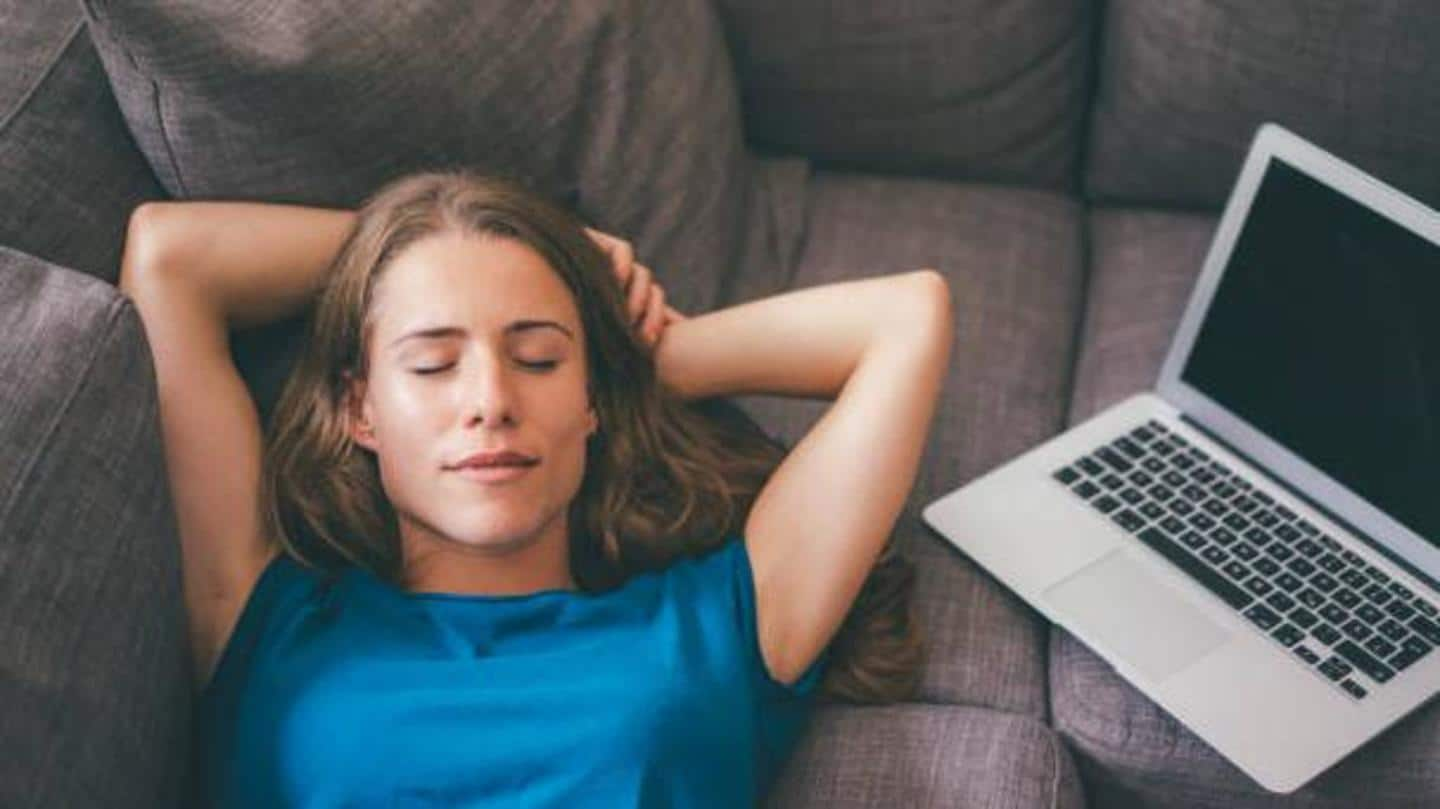
Bengaluru-based Wakefit announces 30-minute 'Right to Nap' for employees
What's the story
Bengaluru-based Wakefit Solutions has been in the business of sleep for six years. The company has now taken things up a notch by introducing what they call the "Right to Nap."
Wakefit recently took to Twitter to announce a 30-minute power nap for all its employees on workdays.
Its employees can take a cat nap between 2:00 pm and 2:30 pm every day.
Context
Why does this story matter?
Most of us have only imagined taking a short nap on a workday, especially after a hectic morning and a filling lunch. But it hardly ever or never happens.
As they say, the show must go on. Well, not anymore. Not at least at Wakefit Solutions. This Bengaluru-based start-up is about to create havoc by introducing a 30-minute official nap time.
Employers, take note!
Right to Nap
Company announces 2-2:30 pm as 'Official Nap Time'
The "Right to Nap" of Wakefit employees was first announced via an internal e-mail by the company's co-founder Chaitanya Ramalingegowda. Accordingly, from 2:00-2:30 pm, employees can take a quick nap.
The employees' calendar will be blocked during this 30-minute window dubbed the "Official Nap Time."
The company is also working on creating nap pods and quiet rooms to provide a "perfect nap environment."
Information
What is a power nap?
A power nap or a cat nap is a short sleep that takes place before the deep sleep. The term was coined by James Maas, a social psychologist at Cornell University. It is intended to quickly revitalize the sleeper.
Benefits
Studies show power nap boosts performance, cognitive skills
Research by NASA showed that power naps improved their pilots' performance by 34% and alertness by 54%. NASA recommends a short nap between 10-20 minutes.
In a 2021 study from China, power nappers performed better on cognitive tests, memory, and verbal fluency.
A cat nap also has the potential to reverse the impact of a night of poor sleep.
Information
Ideal duration of power nap between 20-30 minutes
The ideal duration of a power nap is 20 to 30 minutes. The longer the nap, the higher the chances of the sleeper falling into a deep sleep or slow-wave sleep (SWS). This may lead to the person waking up groggy due to sleep inertia.